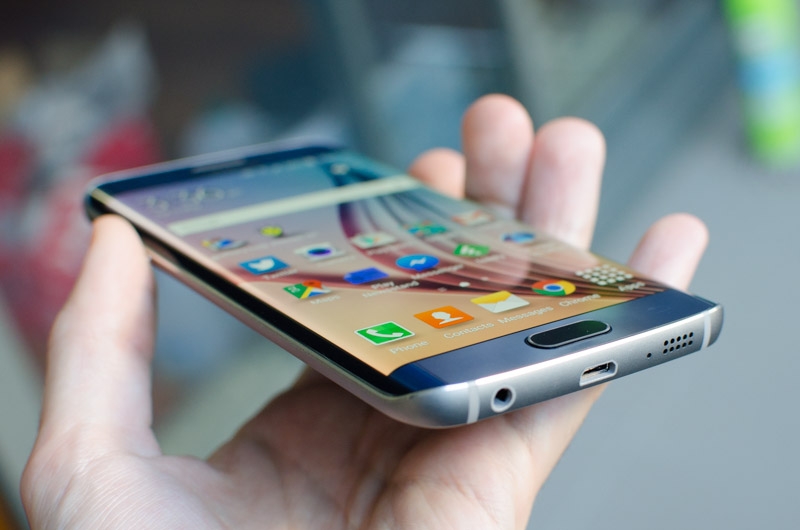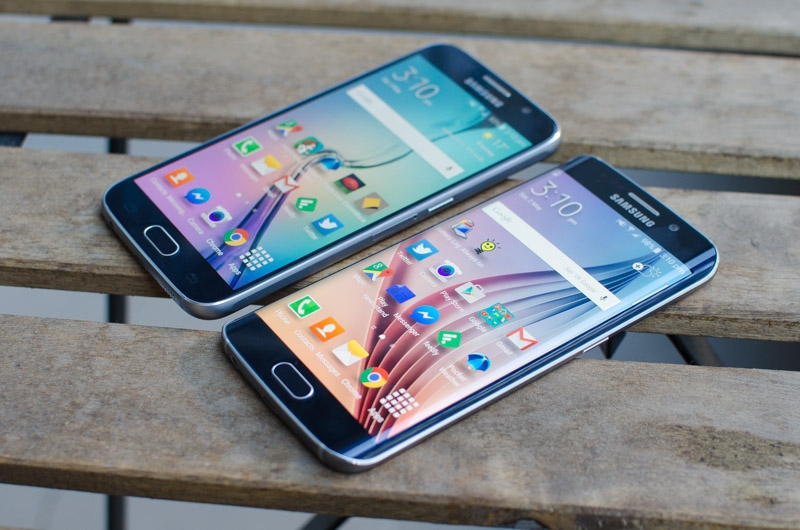Samsung on Tuesday said it expects an operating profit of around 6.9 trillion won ($6.1 billion) for the three-month period ending in June, falling short of the 7.2 trillion won analysts were expecting. The figure represents a 4.2 percent drop compared to the year-ago quarter.
It's the seventh straight quarterly profit drop for Samsung as the South Korean handset and memory chip maker struggles to fend off rival Apple in the high-end smartphone market and Chinese companies such as Xiaomi in the low and mid-range market.
Early indications suggested the Galaxy S6 would indeed act as the catalyst for change that Samsung had been hoping for. Both the Galaxy S6 and the S6 Edge were well-received by reviewers, some going so far as to proclaim them as Samsung's best yet.

Samsung initially expected to sell four Galaxy S6 smartphones for each S6 Edge it sold. As it turns out, demand for the curved S6 Edge was much higher than anticipated which led to shortages.
Unfortunately, Samsung wasn't able to ramp up production in time to meet demand. Boosting production takes time and in the competitive smartphone market, there's a very small window of time in which to sell a new product before the next big release from the competition renders it obsolete.
To make matters worse, Samsung is also having to deal with excess Galaxy S6 inventory. In the end, the company may have to resort to price cuts to boost S6 sales which will ultimately have an impact on profit.
